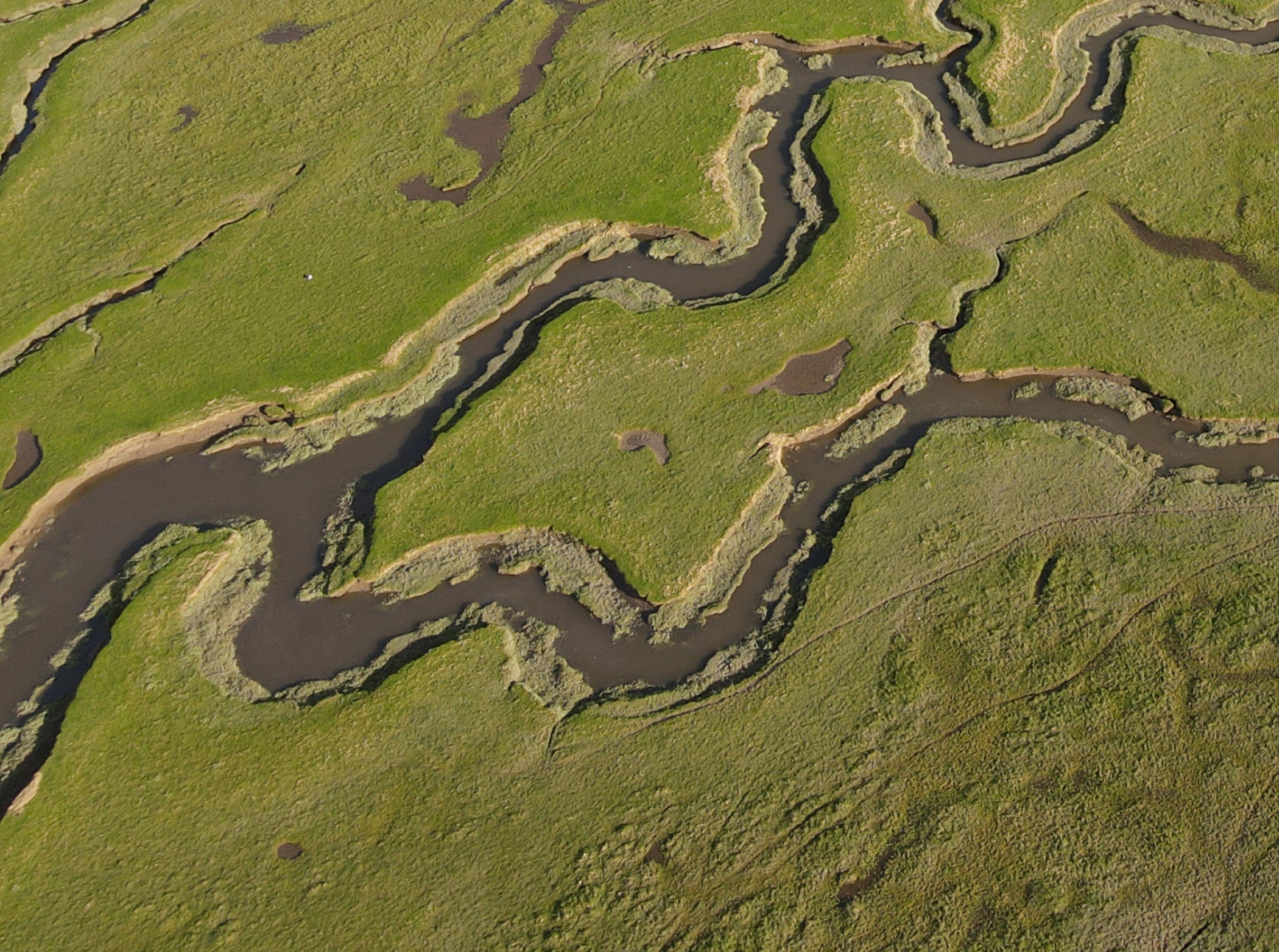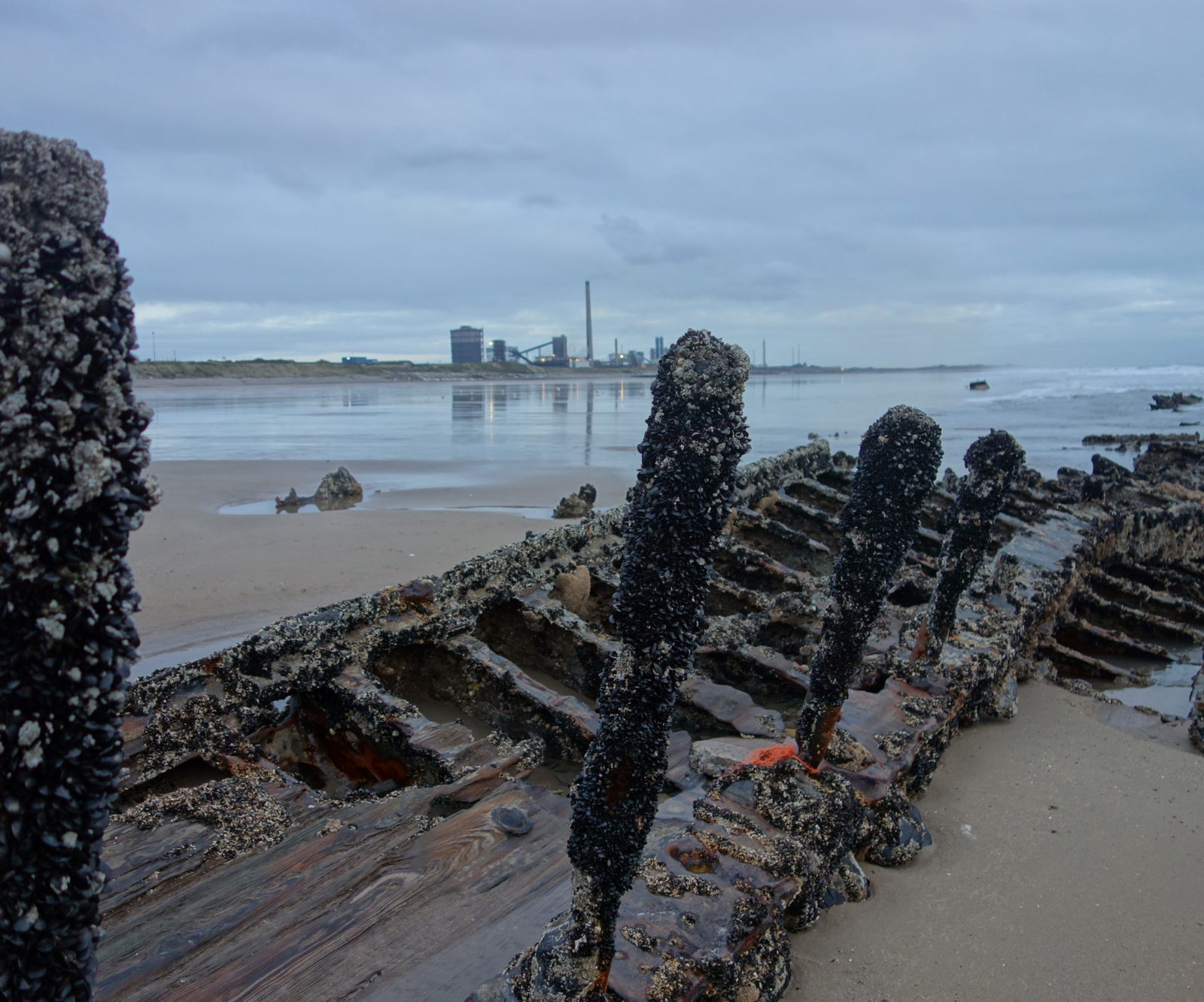Current Climate
Infrastructure is both impacted by and impacts the environment in various feedback loops. Over recent decades, climate-related disasters, particularly floods, have surged in frequency, accounting for the majority of recorded disasters. These events have affected over 2 billion people, with the most significant impacts felt in Asia and Africa. The severity of these extreme events is projected to intensify, posing even greater challenges for infrastructure:
- Sea Level Rise: Ocean warming and sea ice melt are driving sea level rise, which threatens to damage protective infrastructure like seawalls, increase flooding and saltwater intrusion, and inundate low-lying coastal cities.
- Temperature Increases: Rising land temperatures will accelerate the aging of infrastructure, subjecting it to more frequent heatwaves and changes in freeze-thaw patterns, which contribute to further degradation.
- Hurricanes and Cyclones: These events are expected to increase in frequency and intensity, causing significant damage and financial costs to national economies and the insurance industry.
Traditional “grey” infrastructure often perpetuates environmental harm through biodiversity loss and habitat fragmentation. Transforming infrastructure development and management requires collaboration between the public and private sectors. This transformation entails viewing infrastructure as a holistic system, considering interconnections across sectors, governance levels, space, time, and all stages of an infrastructure’s life cycle.



Compliance
Eco-engineering stands as a proactive solution to meet the demands posed by new and impending environmental legislation and regulations. These measures aim to drive sustainability and preserve ecosystems. Some pertinent legislations include:
- Biodiversity Protection Laws: Emerging laws emphasise conserving natural habitats and species diversity, encouraging the implementation of eco-engineering to restore and create habitats.
- Climate Resilience Mandates: Regulations stress building resilience against climate change impacts. Eco-engineering interventions like coastal defenses and wetland restoration align with these directives.
- Circular Economy Initiatives: Legislation promoting resource efficiency and reduced waste dovetails with eco-engineering’s focus on sustainable materials and processes.
- Green Infrastructure Mandates: Urban planning regulations emphasise integrating green spaces. Eco-engineering solutions like green roofs and permeable pavements align with these requirements.
- Marine Conservation Regulations: Eco-engineering aids compliance with laws safeguarding marine ecosystems through measures such as artificial reefs and marine habitat restoration.
By adhering to such legislation, eco-engineering not only ensures regulatory compliance but also fosters sustainable practices for a greener future.
Learn morePolicy and Legislation
BIODIVERSITY NET GAIN (BNG)
Eco-engineering is a process to address Biodiversity net gain (BNG) needs.
BNG is a way to contribute to the recovery of nature while developing land. It is making sure the habitat for wildlife is in a better state than it was before development. This will apply from November 2023 for developments in the Town and Country Planning Act 1990, unless exempt. It will apply to small sites from April 2024.
If you’re a developer, you must try to avoid loss of habitat to a piece of land you plan to do development work on. If you cannot do this, you must create habitat either on-site or off-site. On-site means on the land your development work is on. Off-site is either your own land away from the development site, or you have bought units from a land manager.
If you cannot use on-site or off-site land, you must buy statutory credits from the government. You must provide evidence for using this option. This must be a last resort. The government will invest in habitat creation elsewhere in England. You may be able to combine all 3 options to make up your BNG. You must discuss this with an ecologist, as you will need to prove why you cannot use one option. You must get approval from your local planning authority before you start building.
Eco-engineering serves as a crucial process to fulfil the requirements of Biodiversity Net Gain (BNG).
BNG represents a pivotal approach in contributing to nature’s resurgence while advancing land development. Its fundamental principle revolves around ensuring that wildlife habitats are in a better condition post-development than before. Starting from November 2023, BNG becomes obligatory for developments under the Town and Country Planning Act 1990, except for exemptions, and will extend to small sites by April 2024.
For developers, the initial goal is to prevent habitat loss on the land earmarked for development. If this is unfeasible, habitat creation is essential, either on-site or off-site. On-site denotes the development land itself, while off-site refers to the developer’s land away from the project site or units procured from a land manager.
In cases where neither on-site nor off-site options are viable, purchasing statutory credits from the government becomes a last-resort solution. This route requires substantiated evidence and serves as a contingency measure. The government then reinvests in habitat creation elsewhere in England. The synergy of these options, when appropriately combined and justified with expert ecological input, fulfils BNG requirements. Local planning authority endorsement is crucial before commencing construction, highlighting the meticulous approach needed for the successful integration of eco-engineering within BNG regulations.
NATURE RESTORATION LAW
The European Commission’s groundbreaking proposal for a Nature Restoration Law marks a significant milestone as the first comprehensive law of its kind across the continent. Integral to the EU Biodiversity Strategy, it advocates for binding targets to restore ecosystems in need, prioritising those with high carbon capture potential and the capacity to mitigate natural disasters. This initiative underscores the EU’s commitment to combatting biodiversity loss and climate change while emphasizing the restoration of vital natural habitats for the benefit of both the environment and society.
GREEN INDUSTRIAL REVOLUTION
The UK government’s visionary ten-point plan heralds a green industrial revolution, driven by a £12 billion government investment aimed at cultivating 250,000 green jobs. The plan’s key facets include fostering offshore wind advancements, promoting eco-friendly building practices, safeguarding the natural environment, and spurring green finance and innovation. These priorities echo a commitment to sustainable progress and align with the imperative to develop marine eco-engineering solutions, furthering offshore wind technologies, bolstering resilient architecture, and fortifying environmental protection. This comprehensive strategy signifies the UK’s determined stride toward a more sustainable and ecologically-conscious future.
ENVIRONMENT ACT
The UK’s Environment Act, now enshrined in law, stands as a formidable legislation geared towards safeguarding and enriching the environment for generations to come. The Act signifies a resolute commitment to purifying the nation’s air, revitalizing natural habitats, fostering biodiversity, optimizing resource utilisation, and curtailing waste production.
A central tenet of the Act is its unwavering focus on reversing species decline by 2030, followed by a concerted push to amplify populations by at least 10% by 2042. This legislative initiative also takes a staunch stance against harmful pollution from sewers and abandoned mines, aiming to restore water bodies to their pristine state while enhancing water conservation in households.
The Act champions the restoration of 70% of designated features within Marine Protected Areas to favourable or recovering conditions by 2042.
This groundbreaking legislation reflects the UK’s resounding commitment to holistic environmental regeneration, underscoring the nation’s determination to ensure a harmonious coexistence between human progress and the preservation of the planet.
Contact Us
Get in touch with our team today!
To discuss any of our projects, or to speak to us about a development in your area, please feel free to get in touch using the details below. We aim to respond to all messages as soon as possible.
International House, 10 Churchill Way
Cardiff, Wales, CF10 2HE
info@bluecubemarine.co.uk
0800 7723378


